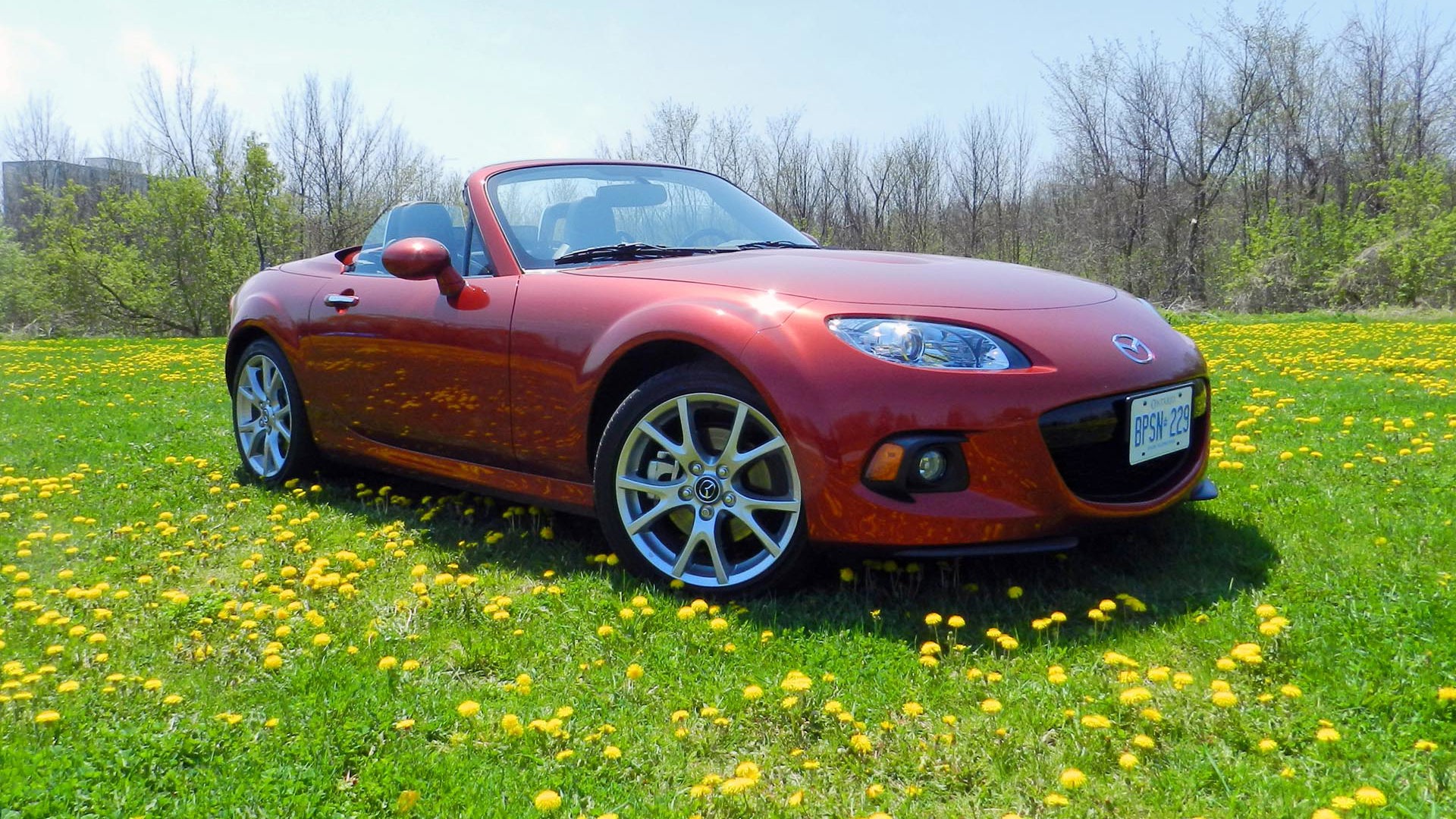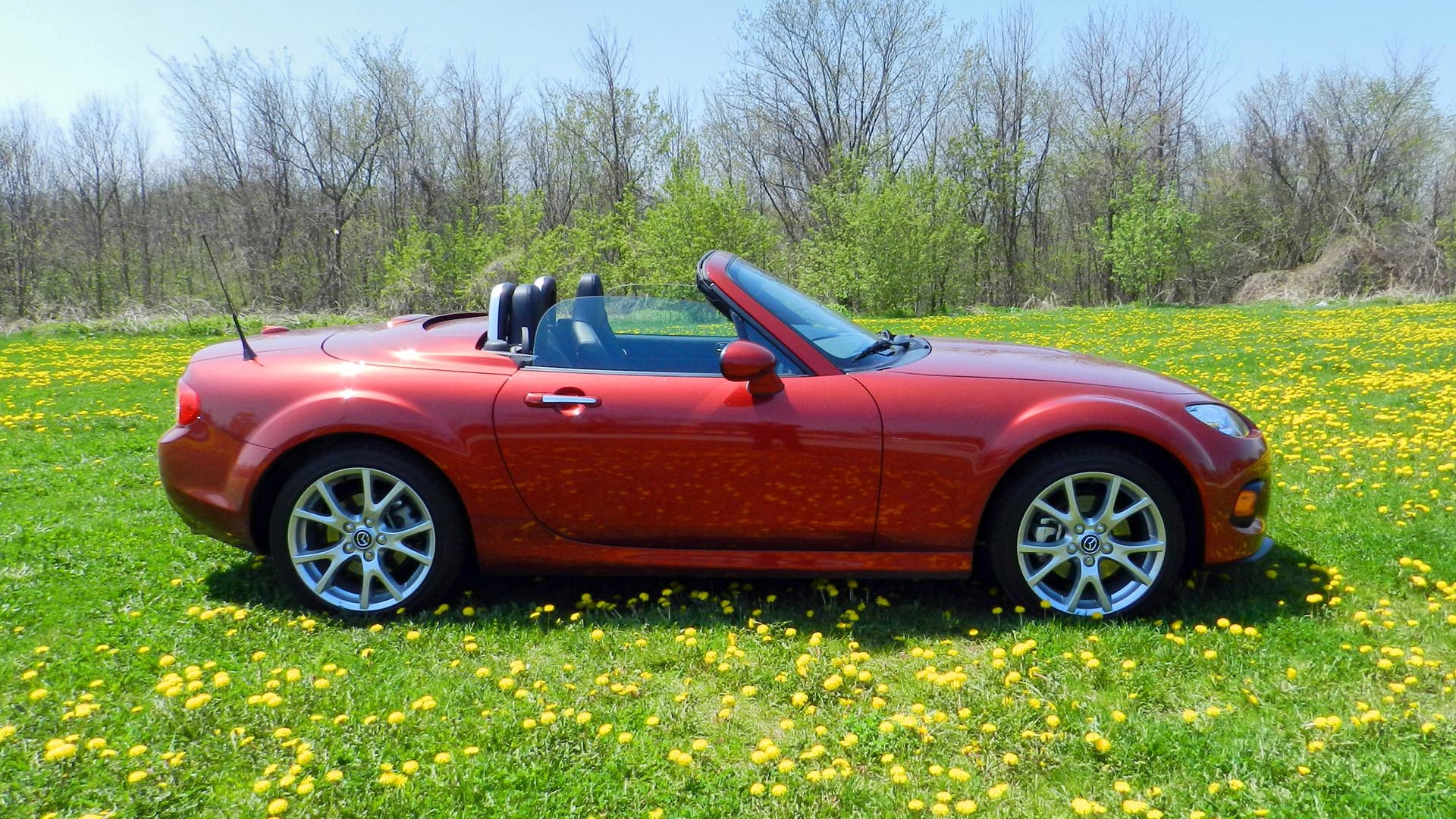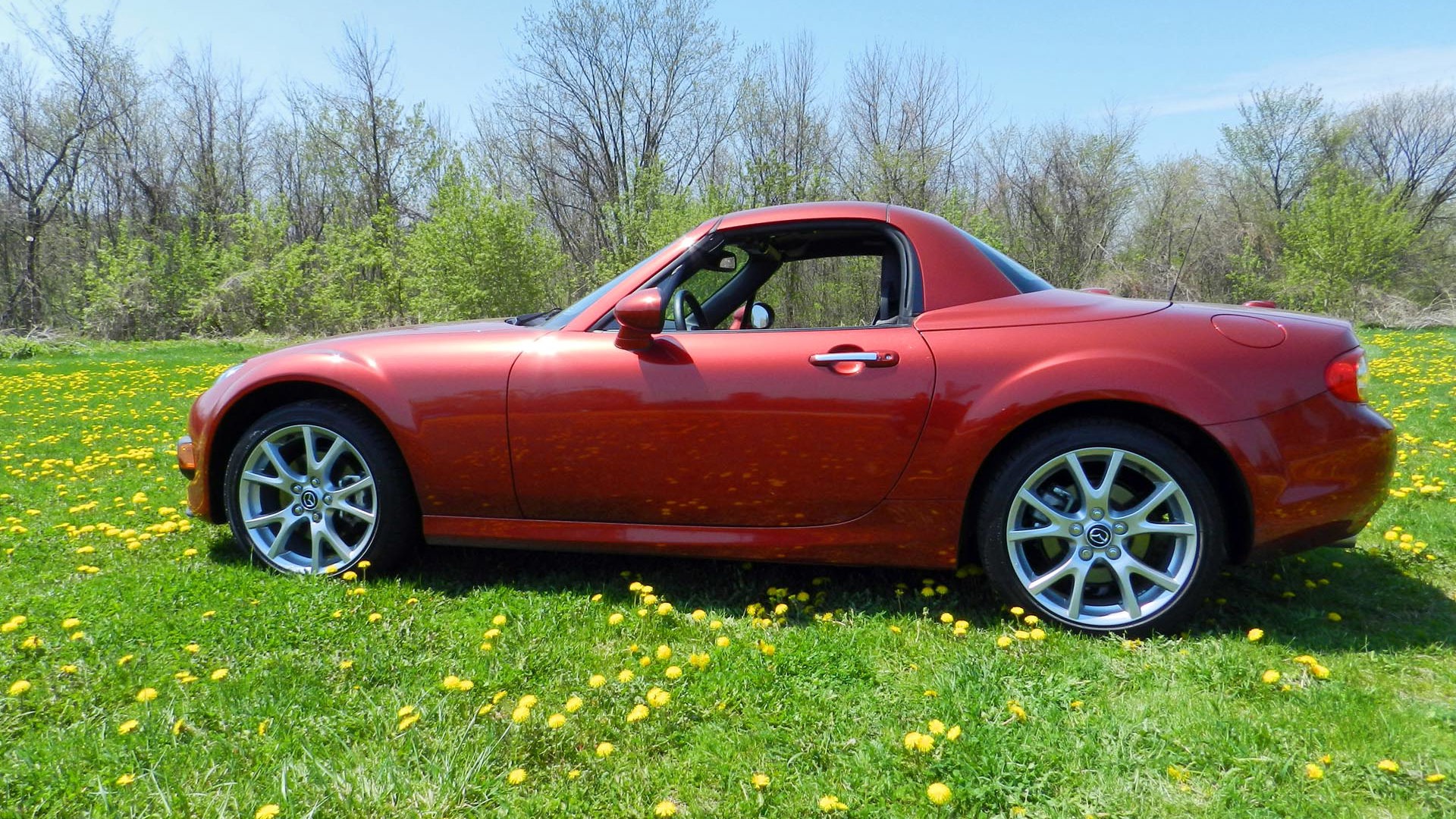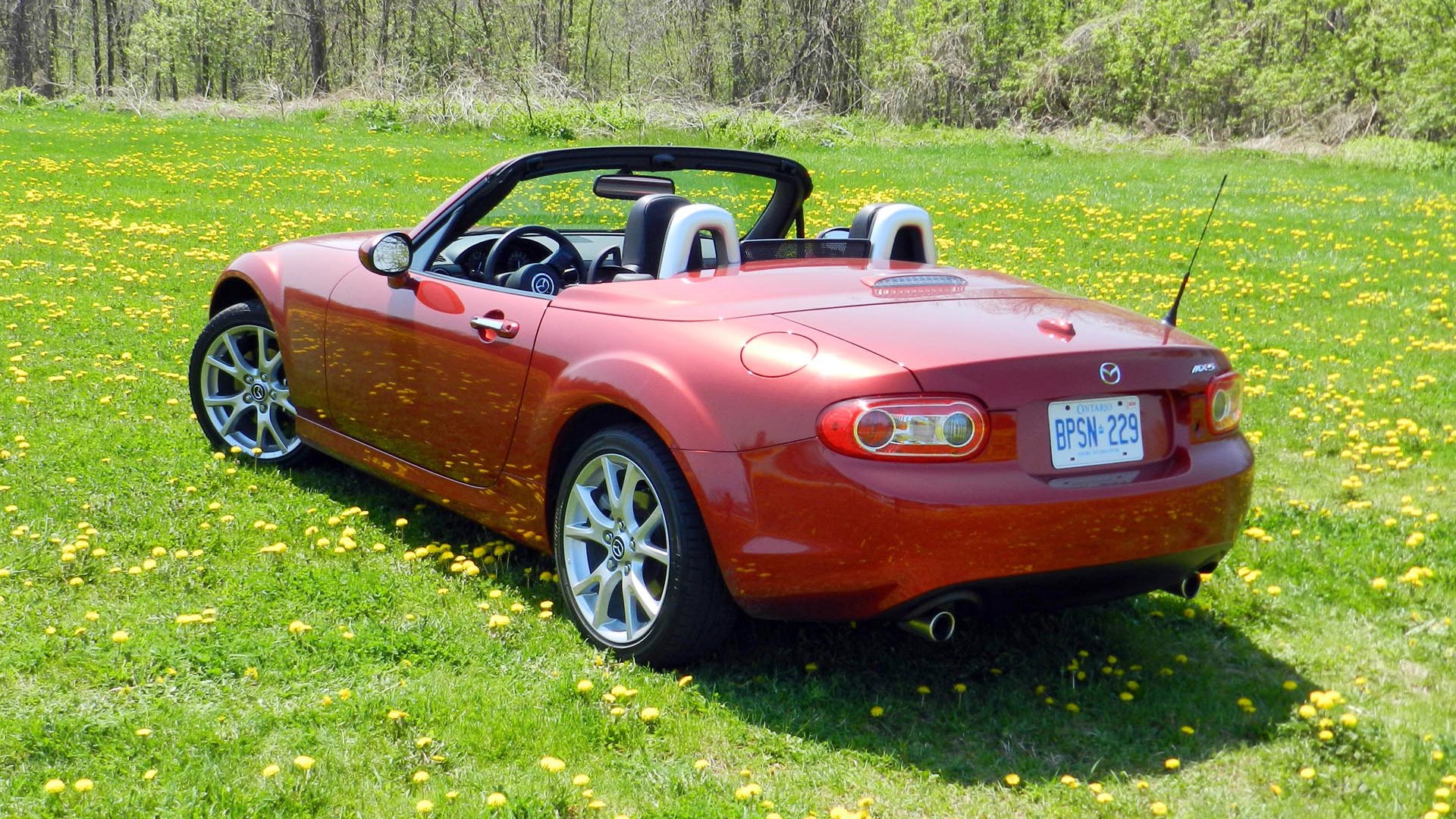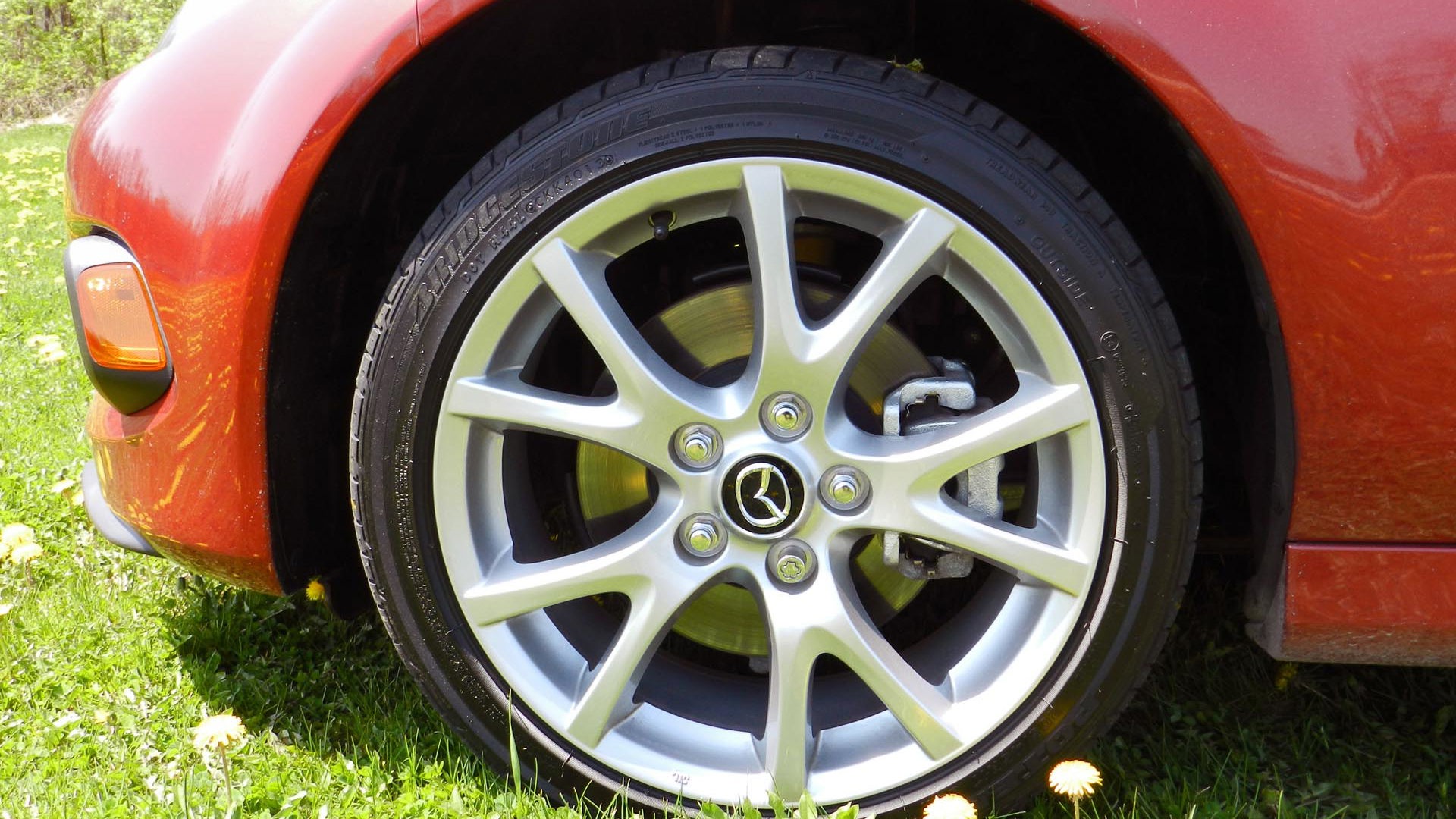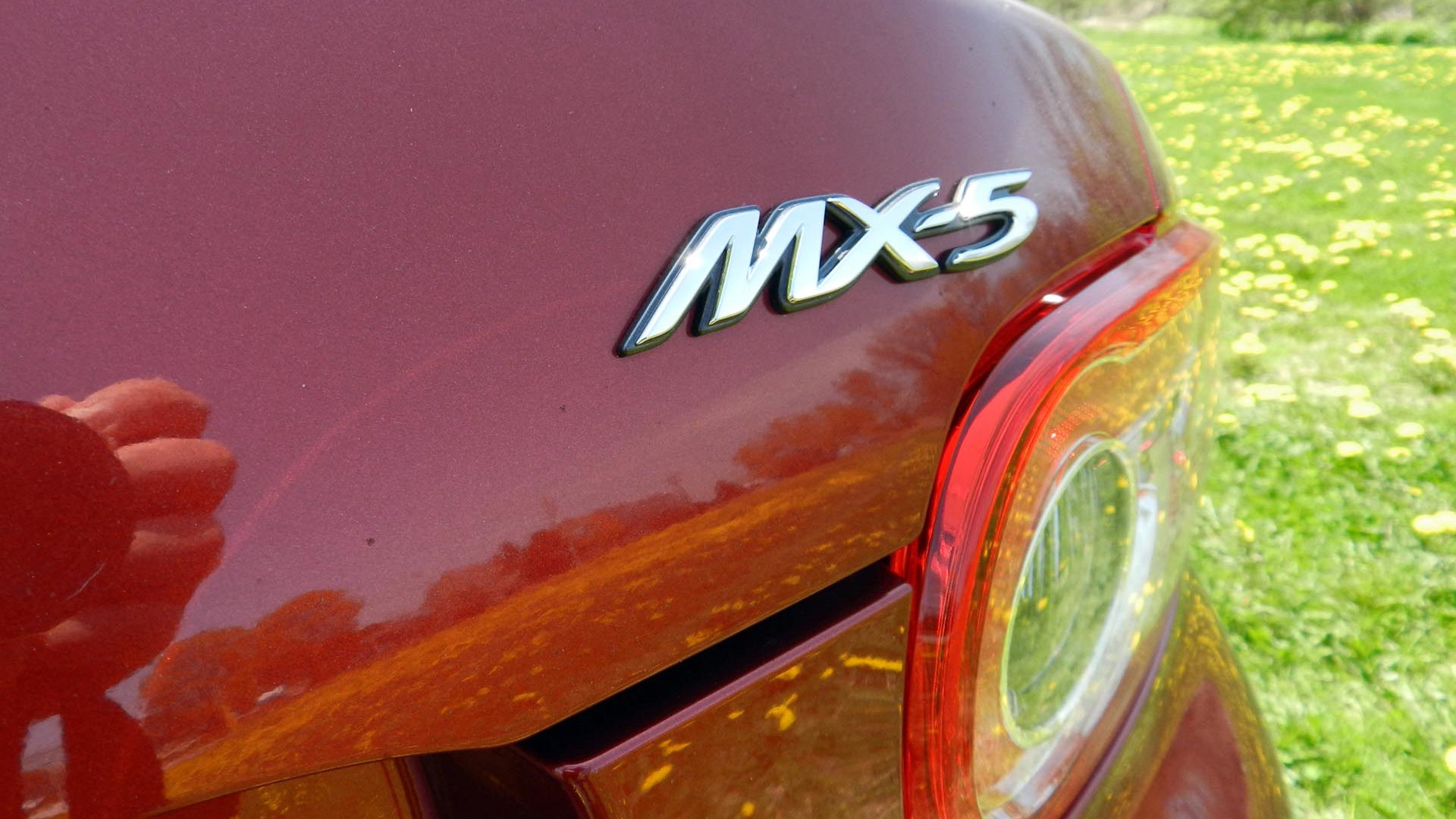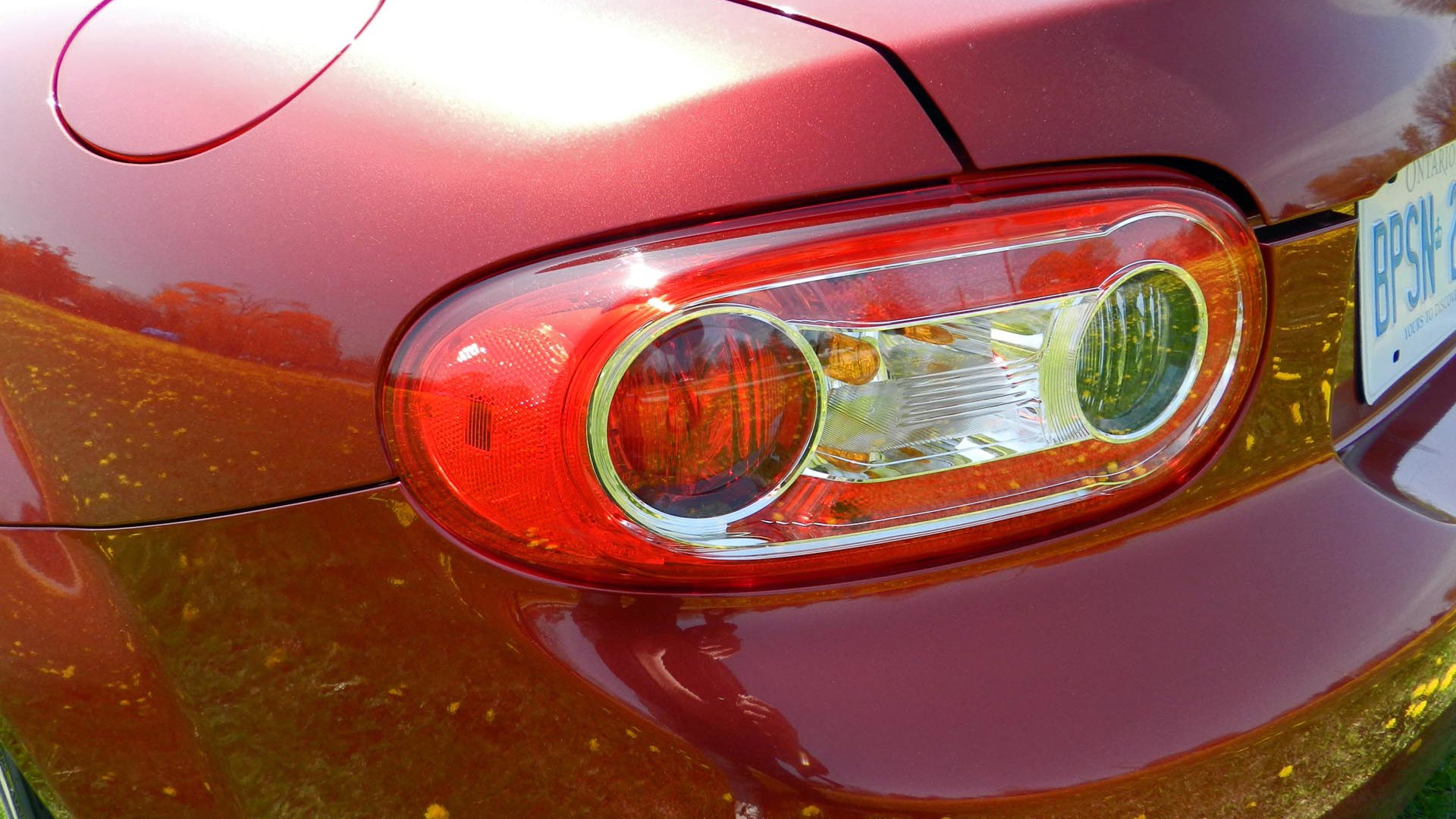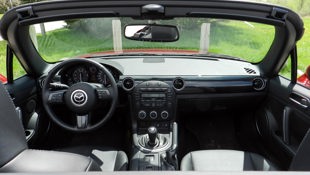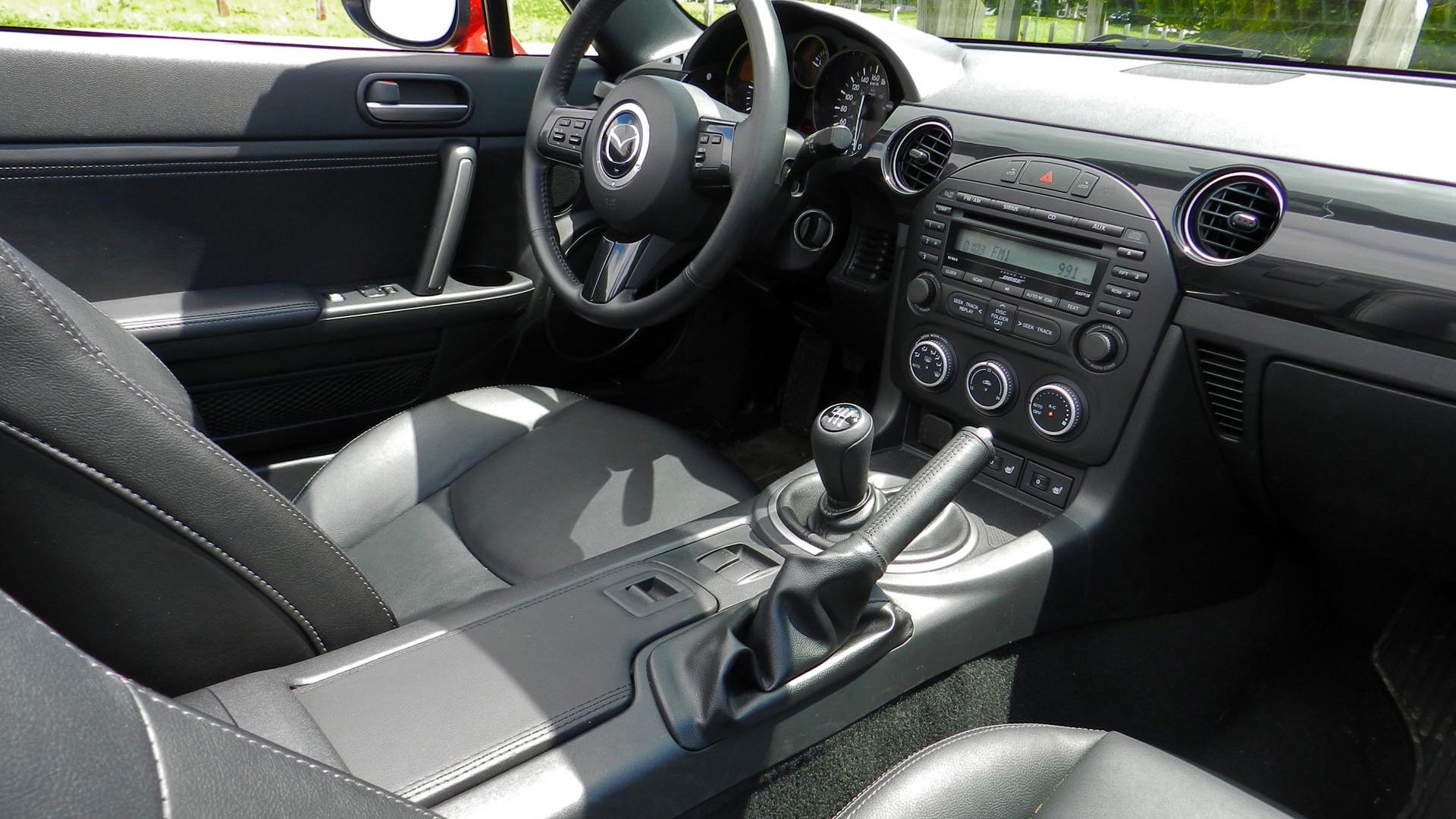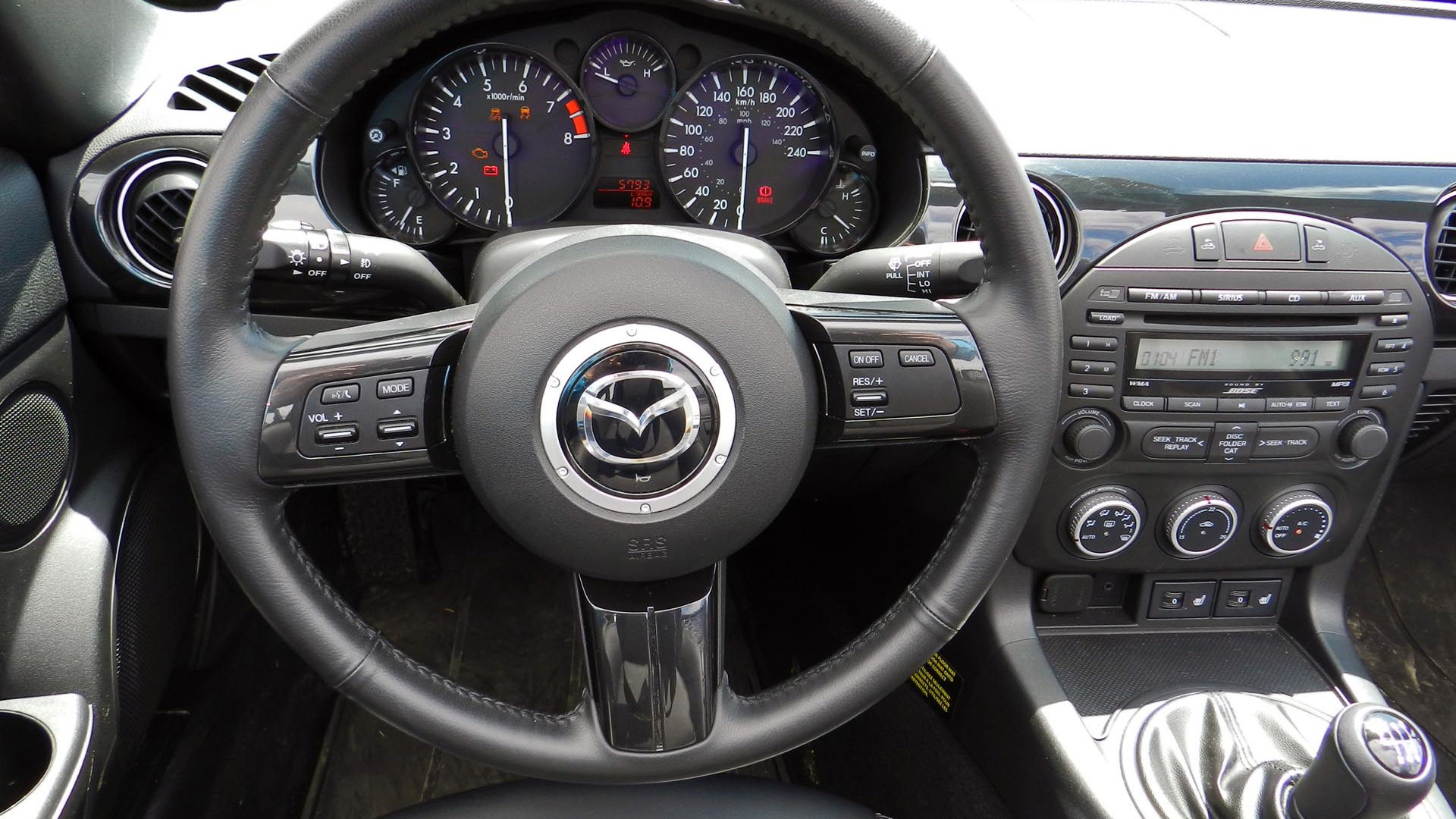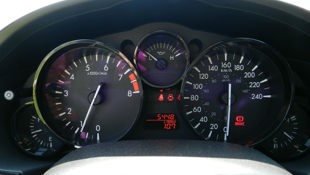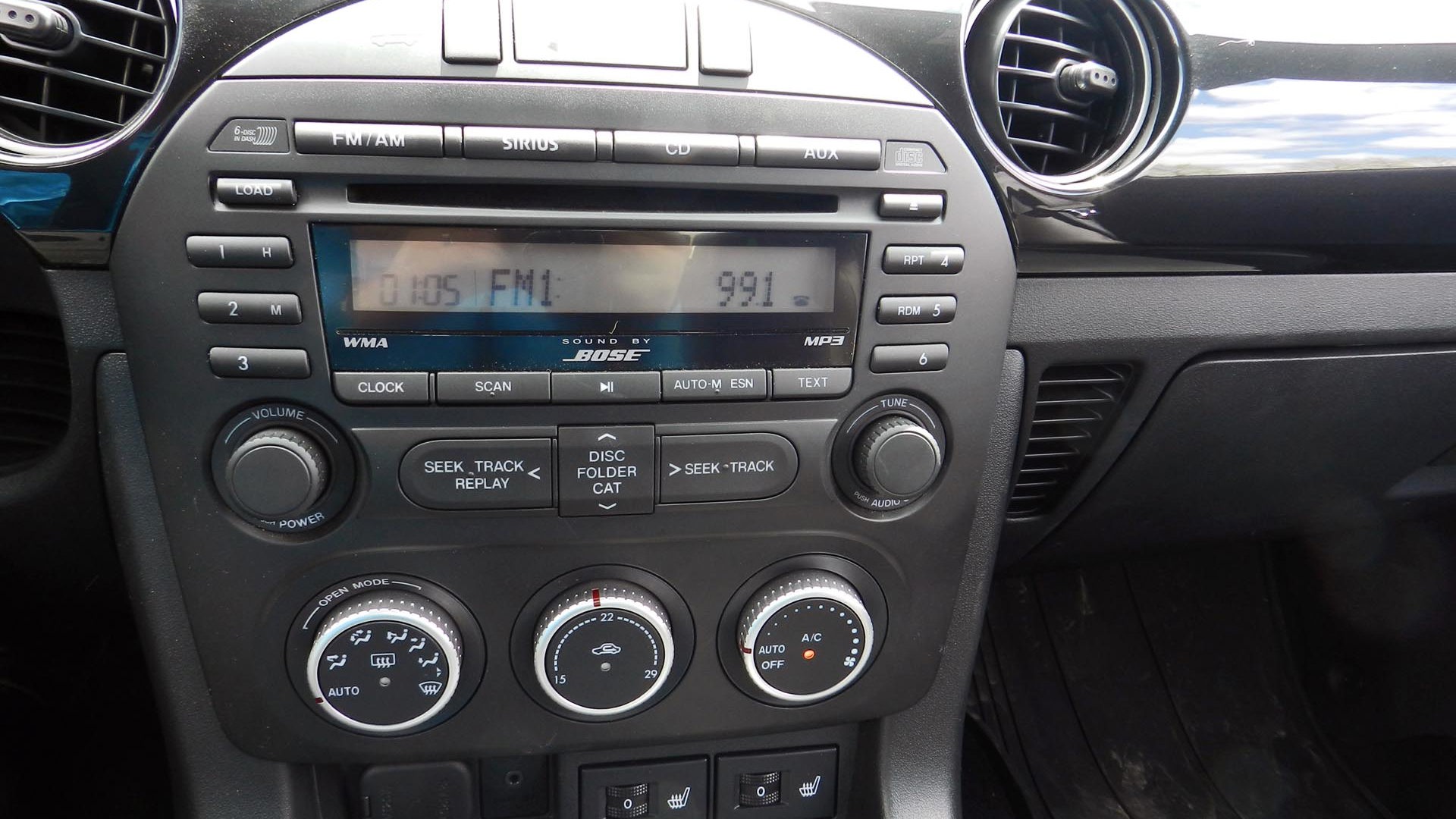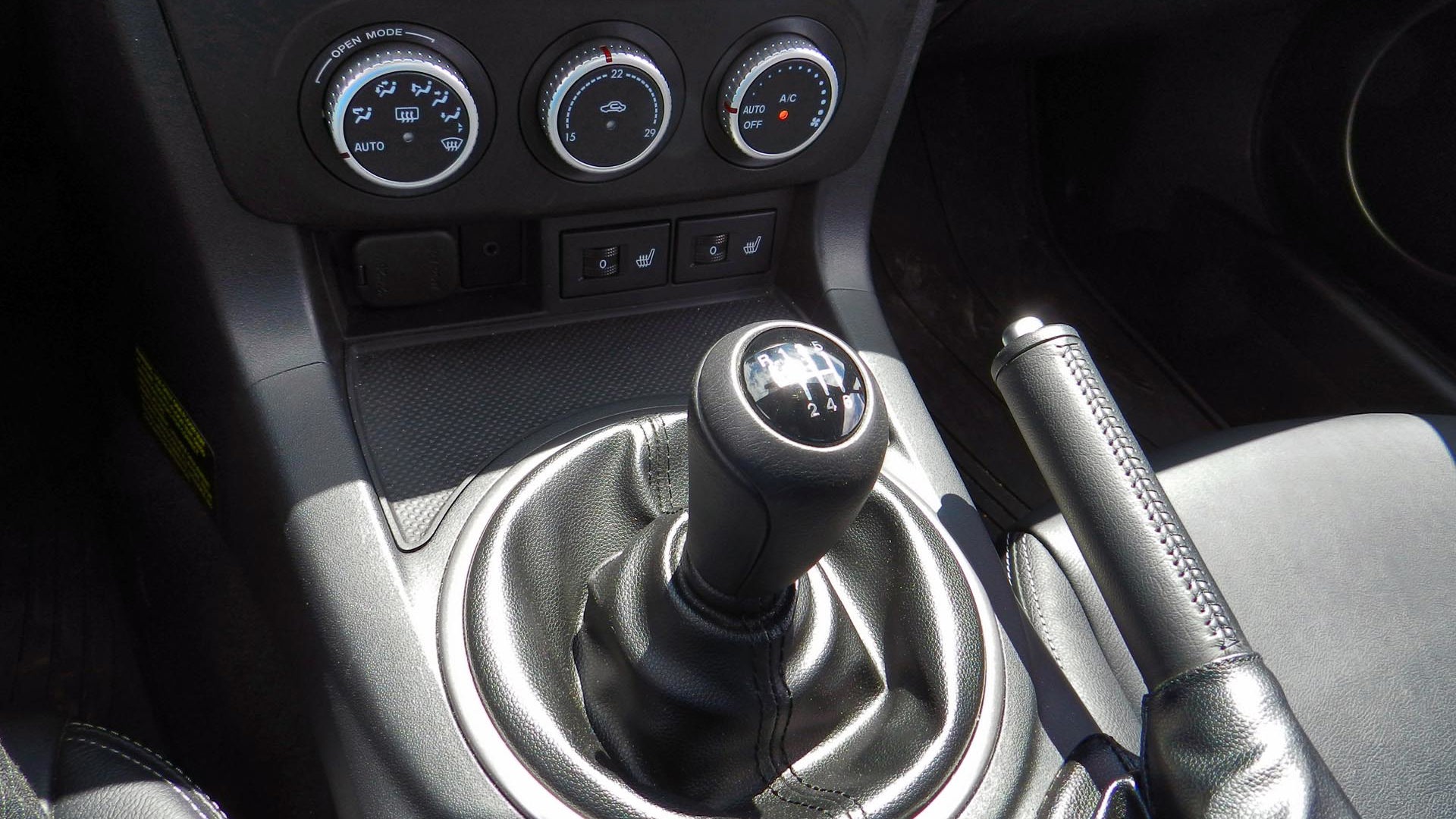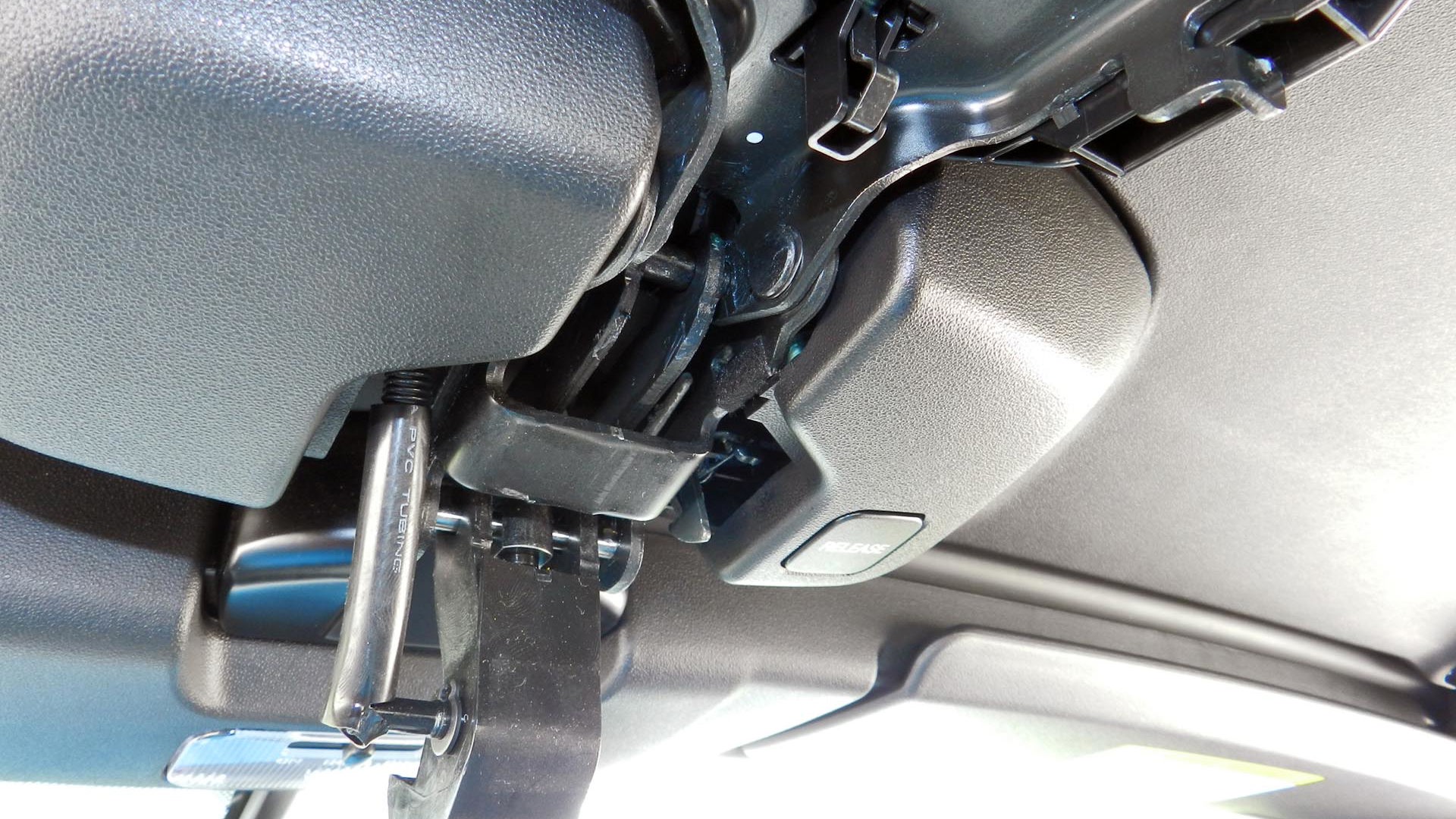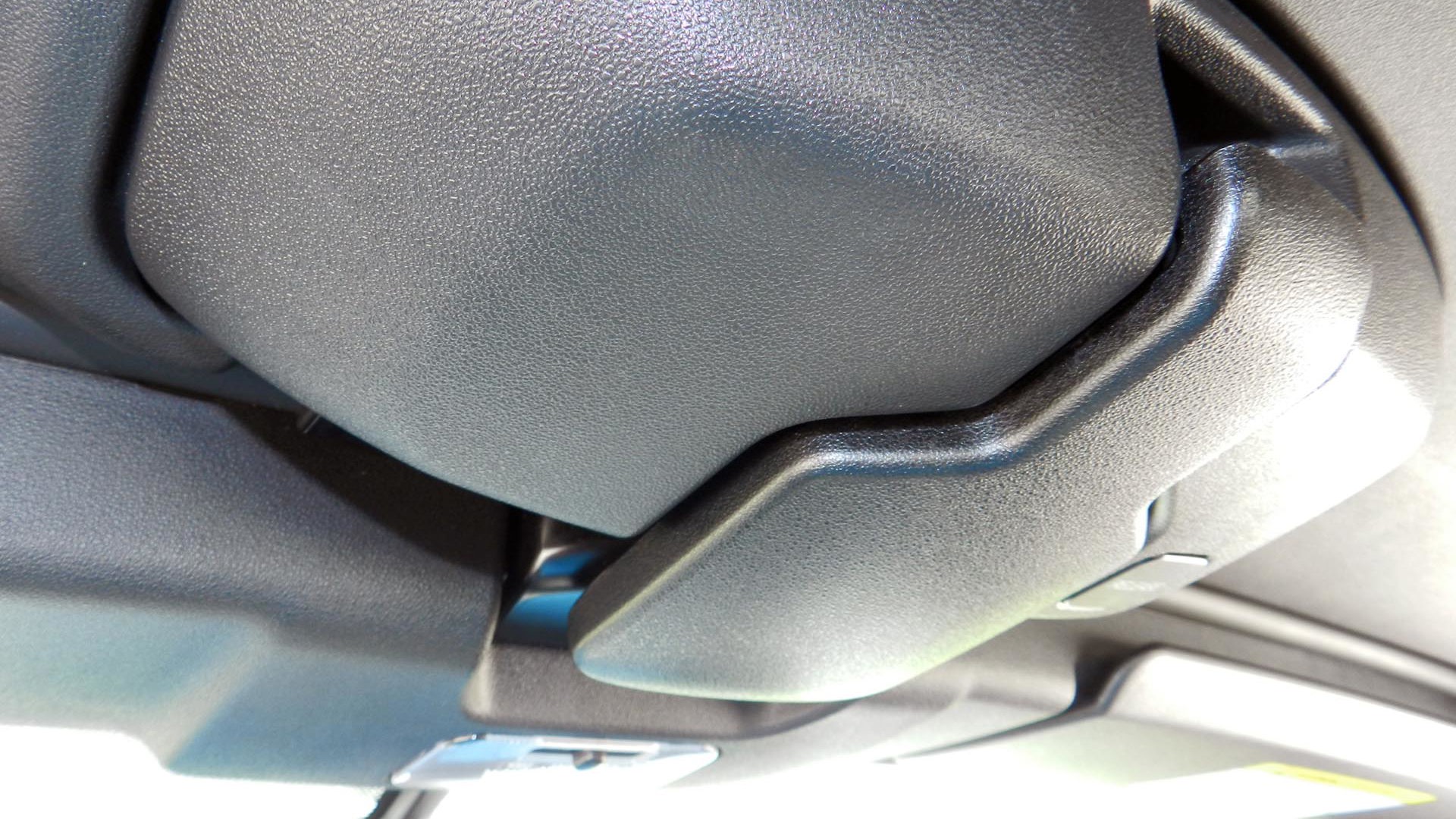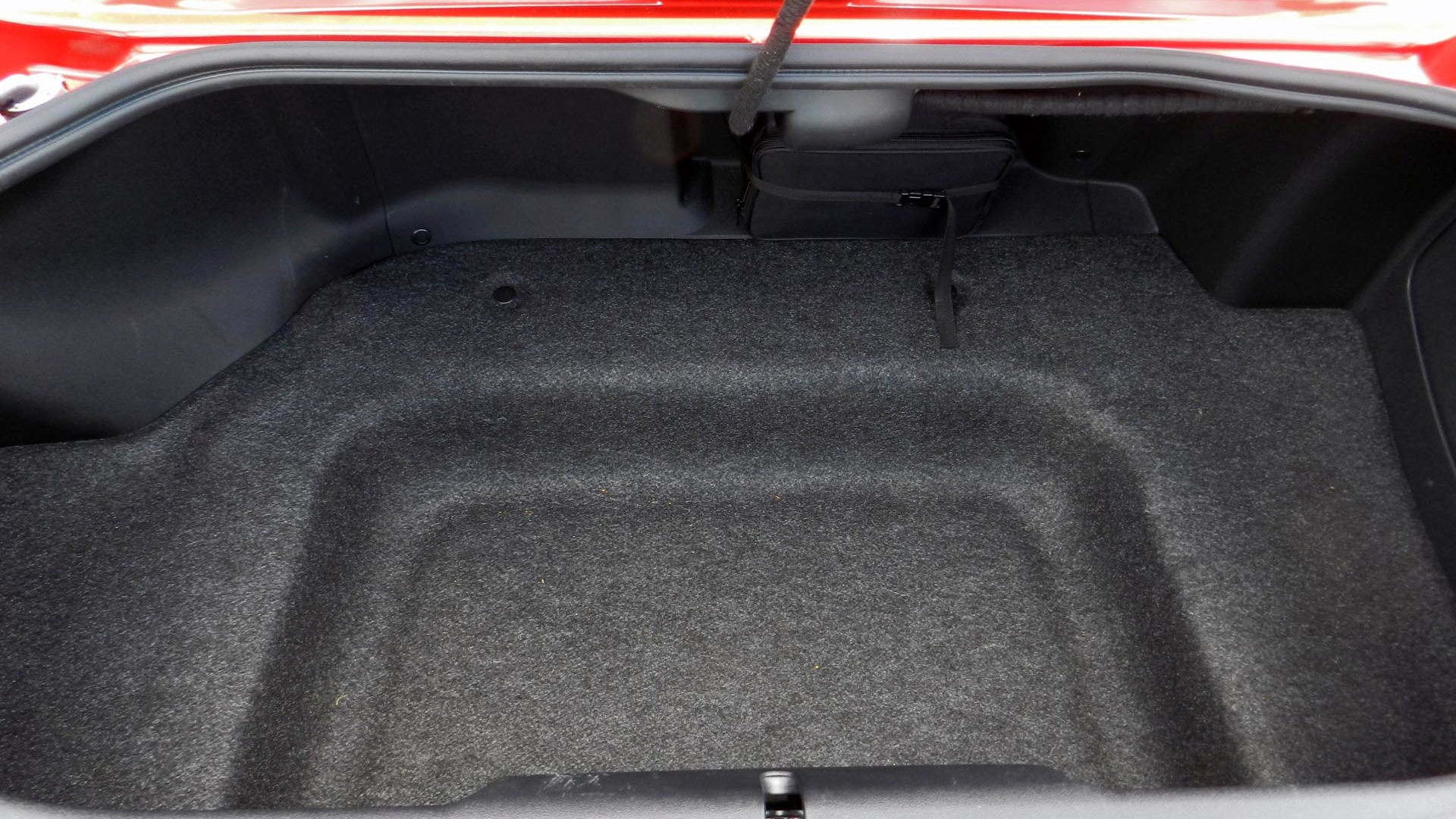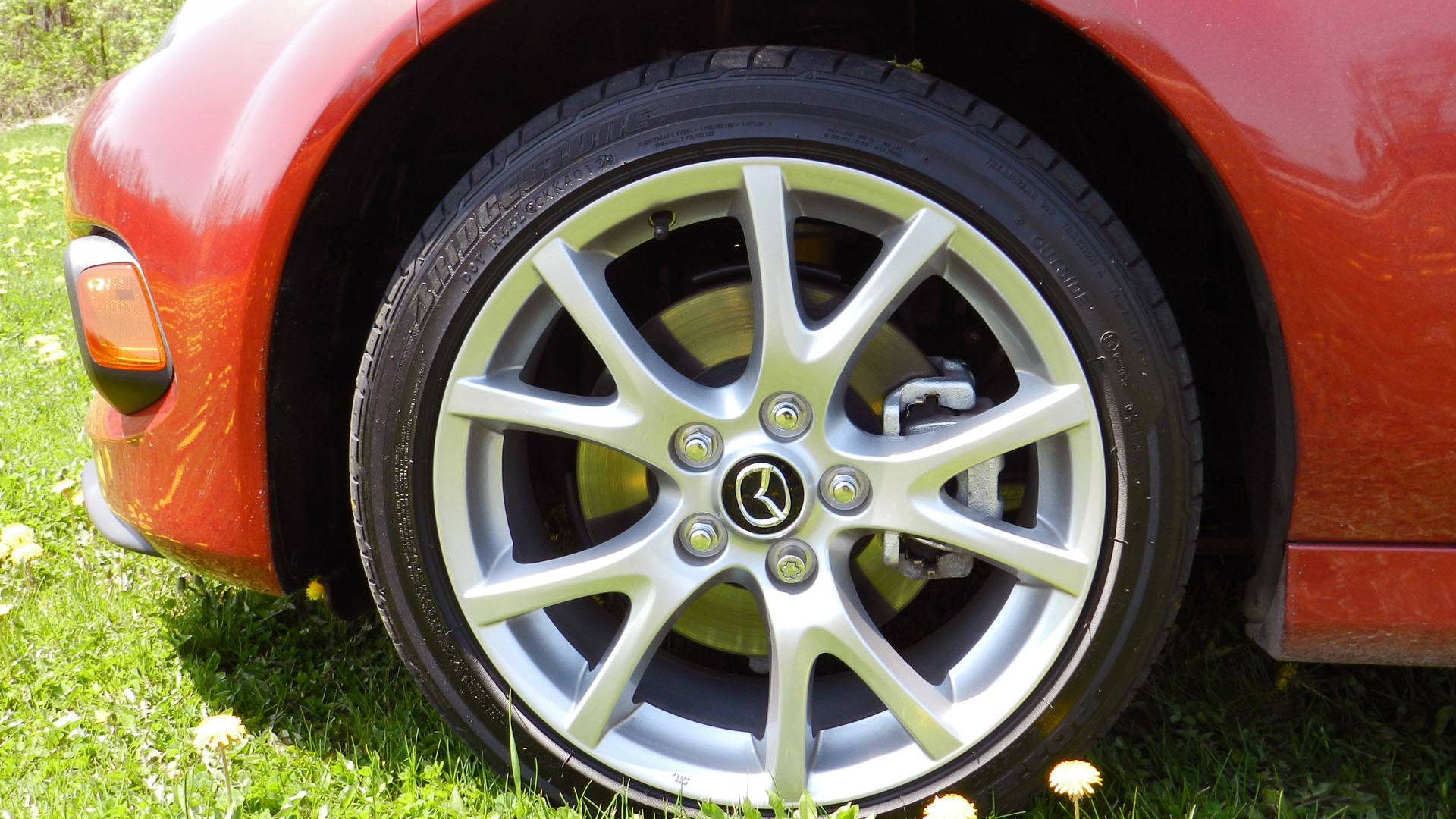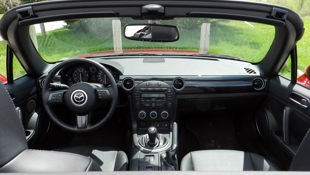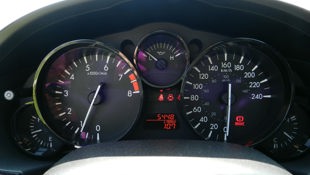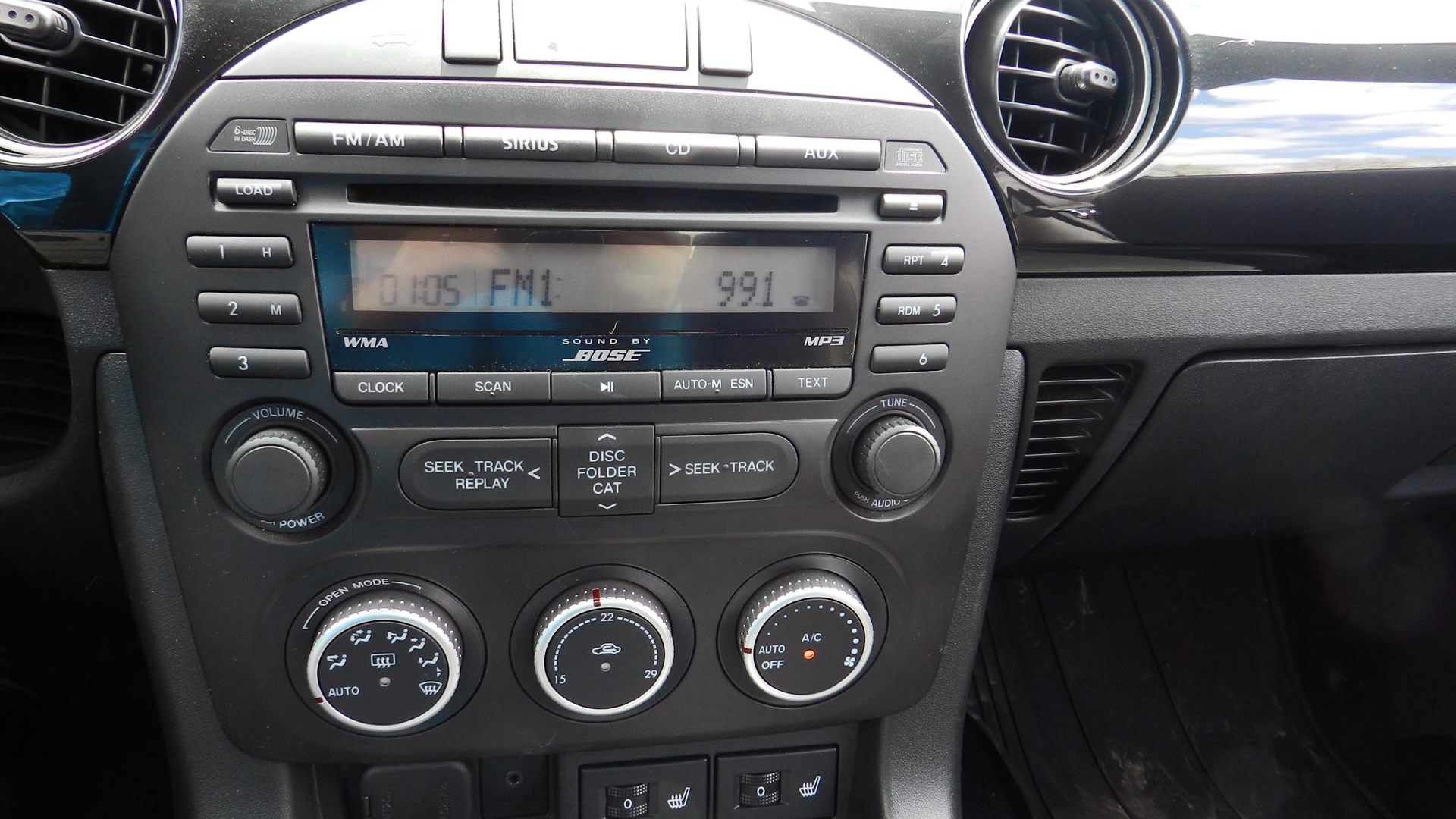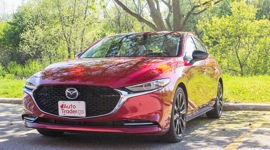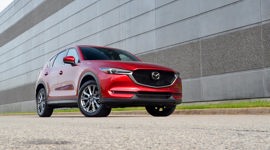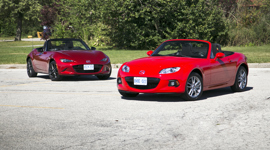Vehicle Type
Convertible Roadster
History/Description
Winter is in full swing – and if you’re a car buff longing for warmer-weather motoring, few things will warm your soul like sitting down with a hot chocolate and contemplating the idea of rocking a new-to-you convertible roadster when springtime finally hits. It’s hardly convertible weather at the moment, though you’ve got the rest of the winter to do some used-car research.
Will this be your year to get into a sporty two-seater for motoring pleasure, weekend getaways, a more entertaining commute, and general awesomeness of the top-down variety? If so, you’ve got plenty of used convertible options to consider – though few are as popular or loved as the Mazda MX-5.
The latest version of the Japanese brand’s superstar is still on sale through model-year 2015, though an all-new MX-5 will launch in the near future, meaning the 2005 to 2015 generation of the world’s best-selling roadster will soon transition fully into used car territory.
Engines/Trim
This generation MX-5 came in several variants and with several options and packages and trim grades. Look for a 2.0L four-cylinder engine with about 170 hp on manual-equipped models, and about 160 with the automatic. Rear-wheel drive was standard across the range.
Shoppers could specify a cloth Z-Fold roof, which could be manually operated in just a few seconds. A Power Retractable Hard Top (PRHT) model was available too, with a motorized hard-panel roof that was operated by dash-mounted switch.
If you’re after a loaded model geared up for long-haul comfort with all the toys, you’re looking for an MX-5 GT. Base model units wore a GX badge, and the mid-range model was called GS. Feature content included automatic climate control, steering-wheel mounted audio controls, Bose audio systems, a smart-key system, and more.
What Owners Like
Owners tend to rave about the MX-5’s fantastic manual shifter, frisky handling, great fuel economy and fun and carefree attitude. The standard cloth top mechanism is easy to operate, the up-level Bose stereo is commonly praised, and in all, the MX-5 seems an everyday sports car that’s practical, sensible and reliable. It’s also forgiving and solidly built, making it a great track-day car for novice drivers.
What Owners Dislike
Limited trunk and cabin space are typical complaints in this type of tight, two-seat drop-top, and some owners wish for a more upscale feel to the cabin, better outward visibility with the top up, and a softer ride on some models.
The Test Drive
Start off your test drive by confirming that all electronic accessories work as expected, including the power top, if equipped, the stereo, cruise, steering wheel audio controls and remote locks. Some owners have reported fiddly issues with various onboard electronics, which are likely caused by low battery voltage resulting from the car not being driven often enough.
If you’re planning to drive your MX-5 only on occasion, or primarily on shorter trips, budget for a trickle charger and leave it hooked up to the car’s battery when you’re not driving it. This will keep the battery voltage topped up and prevent numerous troubles related to low battery output. You can get a cheap trickle charger at Canadian Tire or WalMart for about $30.
Confirm that there are no flashing or illuminated lights in the instrument cluster related to the brakes, airbags or engine. If any are present, you’ll need to take the MX-5 in question to a mechanic for further investigation before purchase.
If opting for a manual model, confirm that the clutch is still healthy. You can coax slippage from a badly worn clutch by applying full throttle at low revs in a high gear (for instance, at 50 km/h in fourth gear) and watching for signs of slippage. Like the clutch, brakes will wear over time, too – so make sure the seller isn’t trying to pass off a brake job. Pulsations through the pedal during moderate brake application, squealing sound from the brakes or a soft and spongy pedal are all signs of brake wear.
Doing about 25 km/h in first gear, quickly tap the accelerator numerous times, causing the car to lurch aggressively, where appropriate. This will coax any unwanted sounds, typically clanks or pops, out of the driveline, which could indicate trouble with motor or transmission mounts.
Check that roof. Manual or motorized, put it up and down several times – ensuring the hinges move freely, the roof assembly doesn’t bind or catch, and that the roof itself is free of damage. Does that cloth top have rips? Tears? Excessive wear? Duct tape? Does the roof motor on that power-top model whine and strain like an overloaded food processor? If so, call it into pricing negotiations. Also, note that a network of rubber gaskets and seals around the roof, windshield and windows keeps water from entering your convertible – so check that these are all intact, plump and free of wear, not dried out, cracked, chunked, or missing.
Be aware of a potential water leak into the trunk, which is likely the result of a bad seal, or a cracked rain rail, which guides rain water from the lower edge of the roof to internal drains beneath the rear parcel shelf. If you detect any evidence of a trunk leak, perhaps after pulling back the carpeting and looking beneath for signs of moisture, mould and rust, be sure to determine where it’s coming from, as the rain rail is an expensive piece to buy, and requires removal of the roof to replace.
For peace of mind, track down the tow-hook in the trunk of the car, and see if it’s been used. The tow hook is screwed into the bumper support as a towing point, perhaps to yank an MX-5 out of a ditch. If the tow hook looks like it’s been used, search for other signs of accident-related damage, and ask the seller if the car has a clean title and follow up with a vehicle history report.
Under the hood, check for signs of fluid leaks, confirm all fluids are topped up and clean, and note the presence of any aftermarket, non-stock parts. Intake and exhaust upgrades are typically considered safe if the quality of the parts and installation are sound, but heavy engine modifications should typically be avoided by most shoppers.
For maximum peace of mind, visit a Mazda dealer with your used MX-5 candidate, and get a pre-purchase inspection. A Mazda mechanic will scrutinize the model you’re considering, possibly detecting problems or issues you may not. Further, if you’re unclear of the service history of the model you’re considering, budget for a full fluid change and tune-up, just to be safe.
If you notice any weirdness in the rev range, perhaps with a misfiring sensation or patchy delivery of power, a misfire, bad Mass Air Flow sensor or old spark plugs could be the culprit. A scan of the MX-5’s computer system can help determine the cause of any issues like these.
The Verdict
The MX-5 was loved for a blend of efficient performance, reliability and fun factor. A clean used model with a mechanical thumbs-up should provide affordable access to years of worry-free, fun-in-the-sun motoring.
Just one recall.
